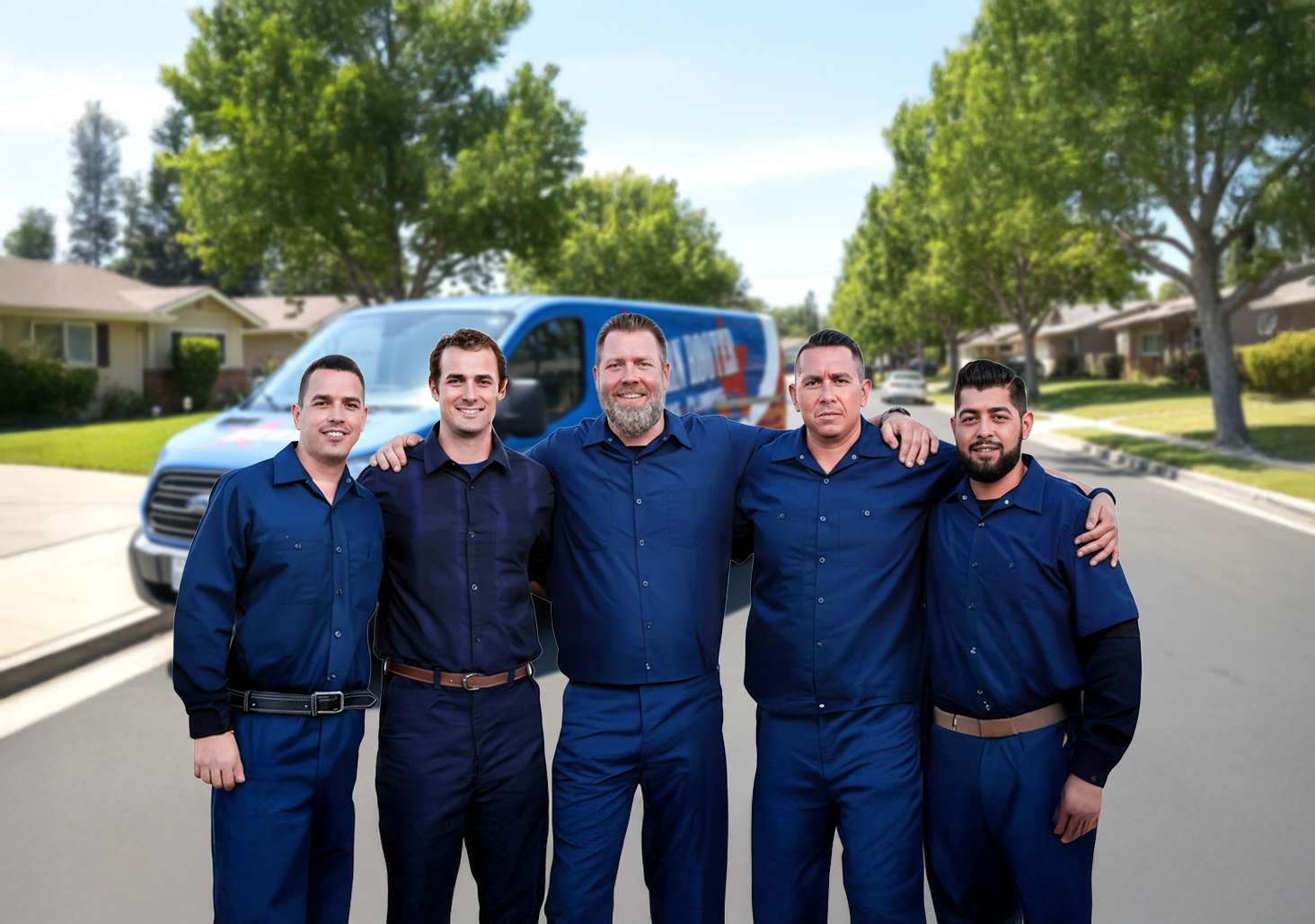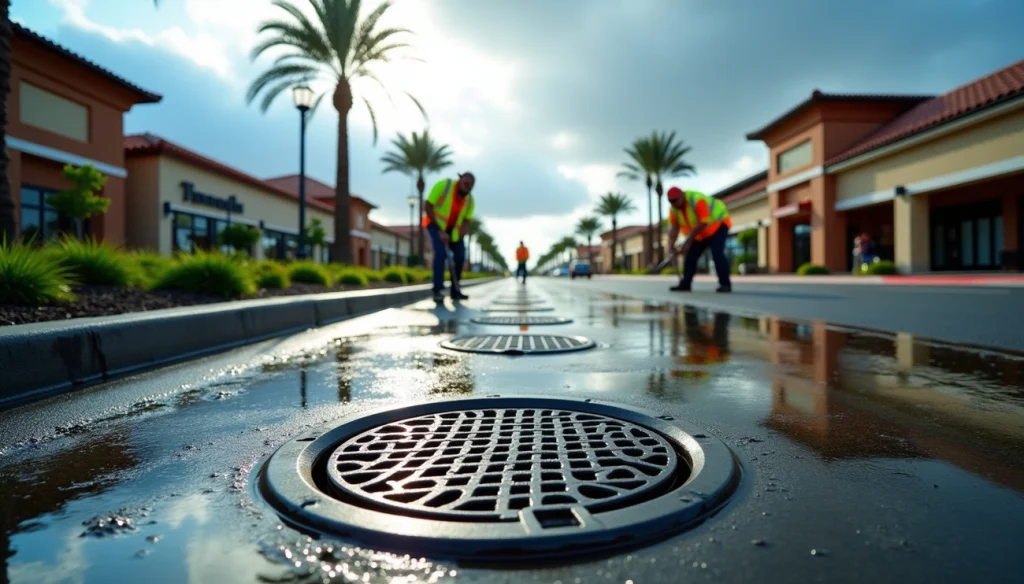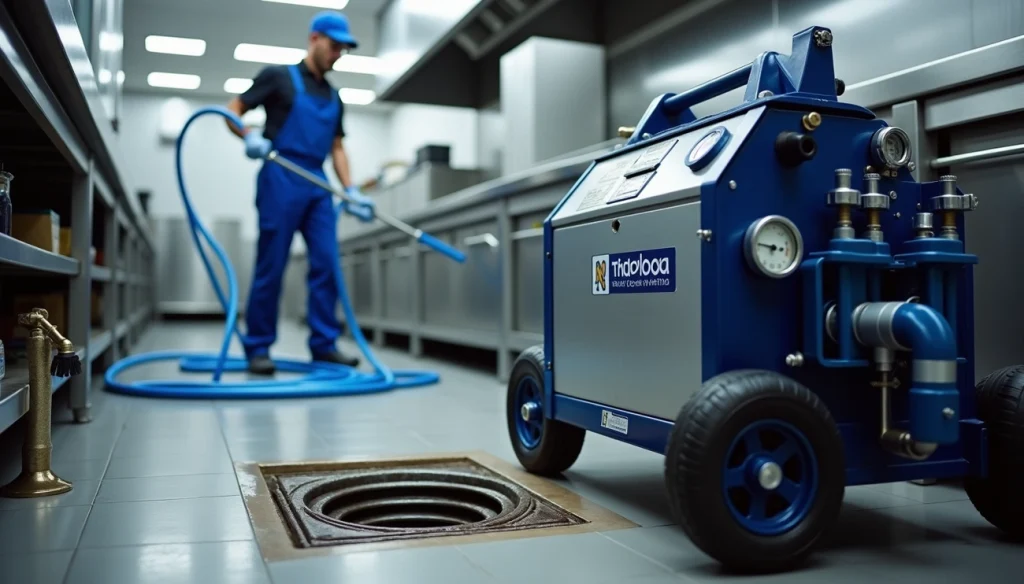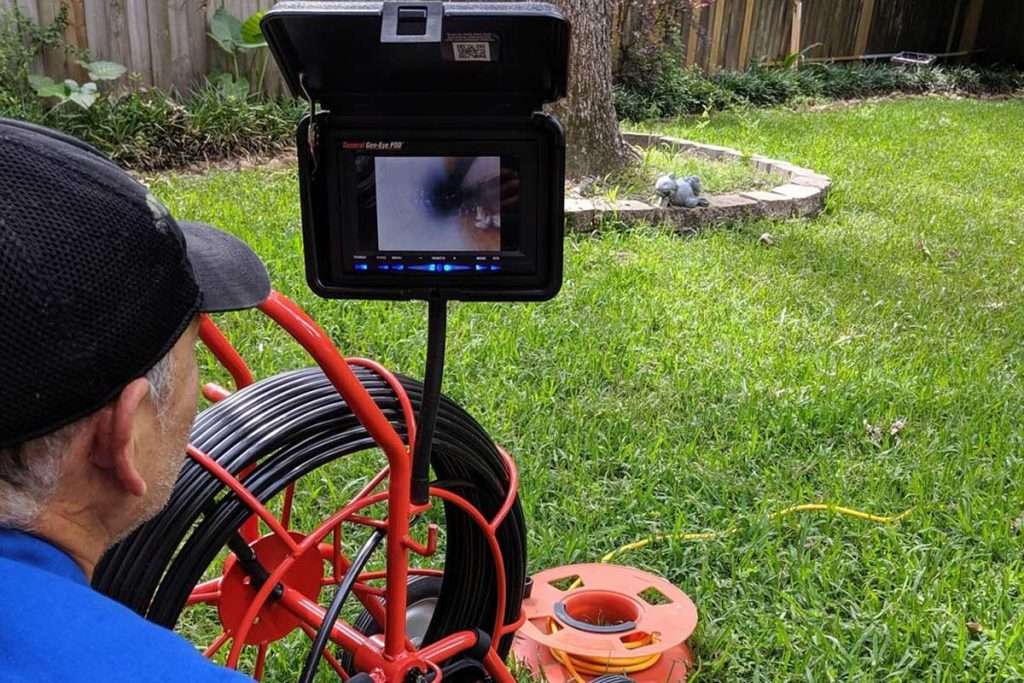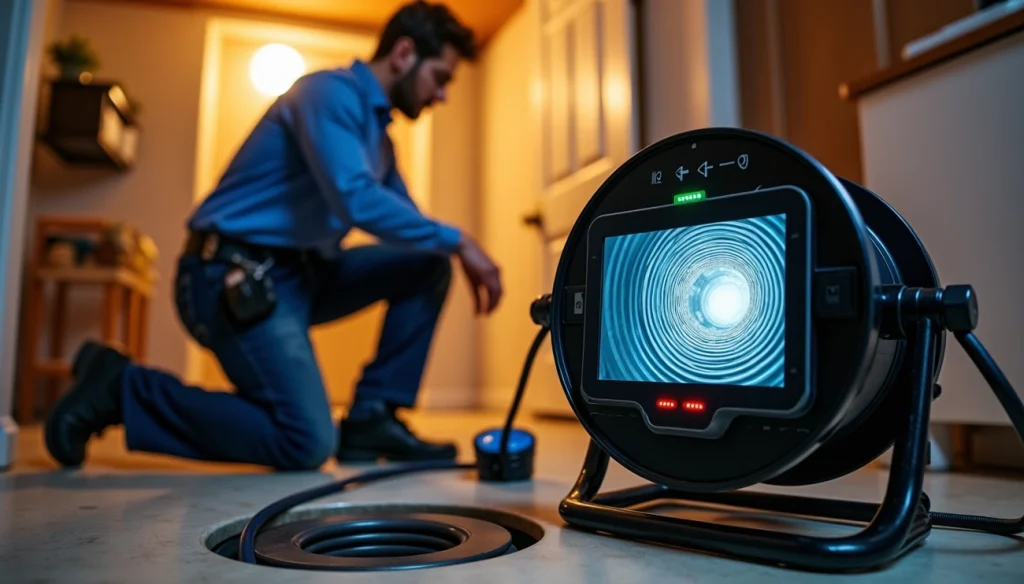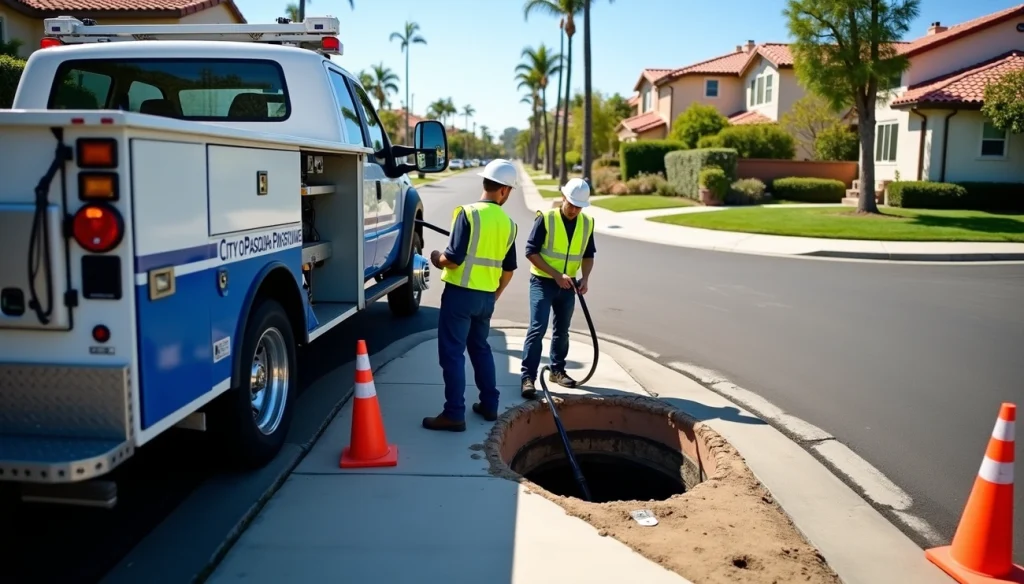Are you tired of running out of hot water during your morning shower? A tankless water heater might be the solution you’ve been looking for. This innovative technology provides hot water on demand, ensuring you never have to suffer through another cold shower again. As more homeowners seek energy-efficient alternatives, tankless water heaters have gained popularity for their ability to save space and reduce utility bills.
In this article, you’ll discover how tankless water heaters work and why they’re different from traditional tank models. We’ll explore the advantages of these systems, including their energy efficiency and space-saving design. You’ll also learn about potential drawbacks and solutions to help you decide if a tankless water heater is the right choice for your home. By the end, you’ll have a clear understanding of whether this modern water heating technology is a good fit for your needs.
The Basics of Tankless Water Heaters
Definition and Concept
Tankless water heaters, also known as instantaneous, continuous flow, or on-demand water heaters, are innovative devices that heat water as it flows through them [1]. Unlike traditional water heaters with storage tanks, these units don’t retain water internally, except for what’s in the heat exchanger coil [1]. This means you’ll never run out of hot water again [2]!
These compact units are significantly smaller than conventional tank heaters, measuring only about 16 inches wide, 26 inches long, and 6 inches deep [2]. This space-saving design frees up room in your home, potentially creating extra storage or living space.
Key Components
- Flow Sensor: Detects water entering the heater and signals the control panel [3].
- Control Panel: The heart of the system, it manages all operations [3].
- Heat Exchanger: Transfers heat from the burner to the water [3].
- Mixing Valve: Moderates water temperature to prevent scalding [3].
- Temperature Sensor: Monitors and adjusts water temperature [3].
- Vent: Removes exhaust gasses and brings in combustion air [3].
- Safety Features: Include flame sensors, overheat sensors, and pressure relief valves [3].
How They Heat Water on Demand
When you turn on a hot water faucet, cold water flows into the unit, triggering the flow sensor [4]. The control board then activates the heat source – either electric elements or a gas burner [4]. As water passes through the heat exchanger, it’s quickly warmed to the desired temperature [4].
The system can deliver hot water at a rate of 2-5 gallons per minute, with gas-fired models typically offering higher flow rates than electric ones [5]. For larger households with simultaneous hot water needs, you can install multiple units or separate heaters for high-demand appliances [5].
This on-demand heating process is not only convenient but also energy-efficient. Since the unit only heats water when needed, it doesn’t waste energy maintaining a large tank of hot water 24/7 [2].
Comparing Tankless and Traditional Water Heaters
Storage vs. On-Demand Heating
Traditional water heaters use large, cylindrical tanks to store and heat water using a gas burner or electric heating elements [6]. In contrast, tankless water heaters, also known as “on-demand” water heaters, heat water only when needed [6]. This fundamental difference affects how each system operates in your home.
With a traditional tank, you have a steady supply of hot water, but it’s limited to the tank’s capacity [7]. Once depleted, you’ll need to wait for the tank to refill and reheat. Tankless systems, however, heat water as it passes through, providing hot water at a rate of about 2-3 gallons per minute [7].
Energy Efficiency
Tankless water heaters are generally more energy-efficient than their traditional counterparts. They heat water only when needed, resulting in significant energy savings over time [6]. In fact, tankless models tend to perform 22-25% more efficiently than storage tank models [7].
The annual operating cost for a gas tankless heater is approximately $195, while an electric tankless heater costs about $535 to operate annually [8]. In comparison, traditional tank heaters have higher operating costs, with gas models running at $300-$350 per year and electric models at $600-$650 annually [7].
Lifespan and Maintenance
Tankless water heaters have a longer lifespan compared to traditional models. While conventional tank heaters typically last 8-12 years, tankless units can last 15-25 years with proper maintenance [7]. This extended lifespan can save you from frequent replacements [9].
Maintenance requirements differ between the two types. Traditional tanks need periodic flushing to remove sediment buildup [9]. Tankless heaters generally require less maintenance, but they do need occasional descaling, especially in areas with hard water [8]. Professional maintenance for a tankless unit can cost around $300 or more [8].
Pros of Tankless Water Heaters
Continuous Hot Water Supply
With a tankless water heater, you’ll never have to worry about running out of hot water again. Unlike traditional models with limited tank capacity, tankless heaters provide an endless supply of hot water on demand [10]. This means you can take long showers, run multiple appliances, and never have to ration your hot water usage [10]. It’s an ideal solution for households with high hot water demands, ensuring comfort and convenience for the whole family [10].
Lower Energy Bills
Tankless water heaters are renowned for their energy efficiency, which translates to lower utility costs. By heating water only when needed, these units eliminate standby heat loss associated with traditional tank models [10]. The Department of Energy reports that demand water heaters can be 24%-34% more energy efficient for homes using 41 gallons or less of hot water daily [11]. This efficiency can lead to average annual savings of $108 for gas-fired units and $44 for electric models [11]. Over time, these savings can add up significantly, making tankless heaters a wise investment for your home.
Space Savings
One of the most practical advantages of tankless water heaters is their compact design. Unlike bulky traditional tanks that can take up to 60 inches in height and 24 inches in width, tankless models are typically just 28 inches tall, 20 inches wide, and 10 inches deep [12]. This space-saving feature allows for more flexible installation options, as they can be wall-mounted and easily hidden away [11]. You’ll free up valuable floor space in your home, potentially creating extra storage or living areas [10].
Longer Lifespan
Tankless water heaters offer exceptional durability, lasting significantly longer than their traditional counterparts. While conventional tank heaters typically last 8-12 years, tankless models can provide reliable service for 15-25 years with proper maintenance [7]. This extended lifespan not only saves you money on replacements but also reduces the environmental impact of manufacturing and disposing of water heaters [10]. Additionally, most parts in a tankless heater are replaceable, meaning that issues that might end the life of a storage water heater may only require a simple repair job for a tankless unit [11].
Potential Drawbacks and Solutions
Higher Upfront Costs
While tankless water heaters offer long-term savings, they come with higher initial expenses. Installation costs can range from $150 for point-of-use models to $2,000 or more for whole-home systems [13]. Labor costs vary, with electric models typically being less complicated to install than gas or propane units [13]. To offset these costs, consider energy rebates and choose the right size to avoid overcapacity [13].
Installation Challenges
Installing a tankless water heater can be complex, especially when switching from a conventional system. It may require adjusting gas lines, enhancing ventilation, or even carpentry work [14]. Proper installation is crucial for efficiency and safety, often necessitating professional help [15]. To ensure a smooth process, budget for potential extra costs and obtain necessary permits, which can add a few hundred dollars to your project [13].
Output Limitations
Tankless water heaters have flow rate capacities that limit simultaneous hot water usage. If you’re experiencing issues, try using only one hot water application at a time [16]. For homes with high demand, consider installing multiple units or separate heaters for high-consumption appliances [16]. Remember, gas-fired models typically offer higher flow rates (2-5 gallons per minute) compared to electric ones [16].
Power Outage Concerns
During power outages, tankless water heaters may not function, leaving you without hot water [15]. Unlike traditional tanks, they don’t store water for emergencies [17]. To address this, consider installing a backup battery system. Additionally, be aware of potential issues like ignition failure or mineral buildup, which can affect performance [18]. Regular maintenance, including flushing the unit and cleaning components, can help prevent these problems [18].
Conclusion
Tankless water heaters are changing the game in home water heating. They offer a continuous supply of hot water, save energy, take up less space, and last longer than traditional models. These benefits make them a smart choice for many homeowners looking to upgrade their water heating systems. However, it’s crucial to weigh the pros against the higher upfront costs and potential installation challenges.
In the end, the decision to switch to a tankless water heater depends on your specific needs and circumstances. Consider factors like your household’s hot water usage, budget, and available space when making your choice. To learn more about tankless hot water heater installation, you can contact Western Rooter. Whether you opt for a tankless system or stick with a traditional model, ensuring your home has reliable hot water is key to comfort and convenience.
FAQs
What are the disadvantages of using a tankless water heater?
Tankless water heaters provide an unlimited supply of hot water by heating it on demand. However, they may struggle to meet the hot water needs if multiple taps are used simultaneously, leading to a potential shortfall in hot water supply.
Why might someone choose not to install a tankless water heater?
One reason to reconsider a tankless water heater is their dependence on electricity to function, even for gas models. In areas where power outages are common, the lack of electricity would mean no hot water, which can be a significant inconvenience.
Is it possible to run out of hot water when using a tankless water heater?
No, a tankless water heater does not run out of hot water. Unlike traditional water heaters that store hot water in a tank, tankless models heat water directly as it is needed, ensuring a continuous supply.
Is investing in a tankless water heater a financially sound decision?
Yes, converting to a tankless water heater can be cost-effective. According to the U.S. Department of Energy, tankless water heaters can be 24% to 34% more energy-efficient than traditional tank water heaters, potentially saving up to 50% on energy costs.
References
[1] – https://en.wikipedia.org/wiki/Tankless_water_heating
[2] – https://morrisjenkins.com/blog/the-pros-and-cons-of-a-tankless-water-heater/
[3] – https://www.deervalleyplumbing.com/blog/main-parts-of-a-tankless-water-heater/
[4] – https://andreasplumbing.com/blog/tankless-water-heater-anatomy/
[5] – https://www.energy.gov/energysaver/tankless-or-demand-type-water-heaters
[6] – https://www.smithsplumbingservice.com/blog/2023/november/tankless-vs-traditional-water-heaters-which-is-r/
[7] – https://www.benjaminfranklinplumbing.com/charlotte/blog/2021/may/life-span-of-tankless-vs-traditional-water-heate/
[8] – https://www.consumerreports.org/appliances/water-heaters/tankless-water-heaters-vs-storage-tank-water-heaters-a5291982593/?srsltid=AfmBOopP_CiSlUOdUHQ_BhtiOR-mLBZVFOe61fOcCc6fzY2WWvz7H_jE
[9] – https://discoverplumbingandrooter.com/tankless-water-heater-lifespan/
[10] – https://www.apge.com/blog/how-tankless-heaters-save-energy-and-money
[11] – https://www.ragsdaleair.com/help-guides/will-a-tankless-water-heater-save-me-money
[12] – https://www.homedepot.com/c/ab/benefits-of-tankless-water-heaters/9ba683603be9fa5395fab9050c59fb3
[13] – https://www.waterheatersnow.com/blog/cost-to-install-tankless-water-heater
[14] – https://carbonswitch.com/tankless-water-heater-buyers-guide/
[15] – https://hvac-talk.com/vbb/threads/1501461-Navien-Tankless-Water-Heater-Care-during-Power-Outage
[16] – https://gopaschal.com/tankless-water-heater-not-working-heres-what-to-check/
[17] – https://www.quora.com/How-do-you-reset-a-tankless-water-heater-after-a-power-outage
[18] – https://www.austingsmechanical.com/blog/troubleshooting-tankless-water-heater-problems



